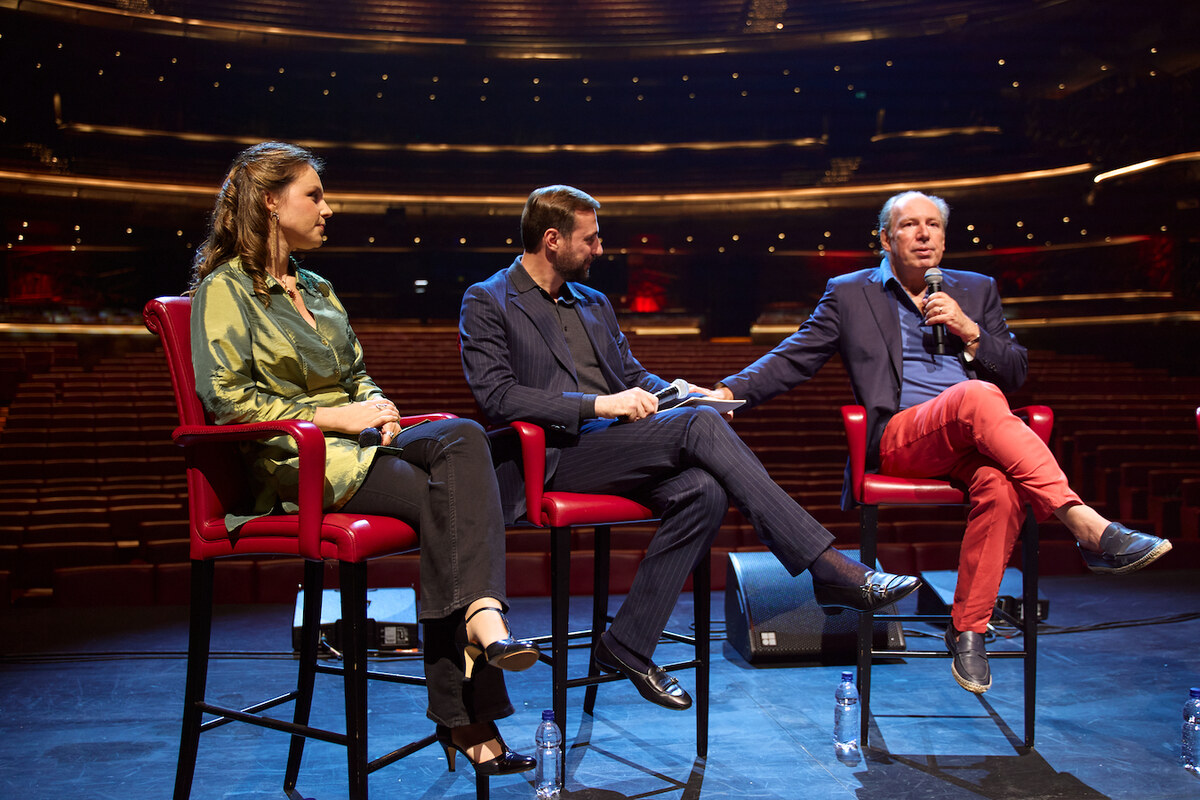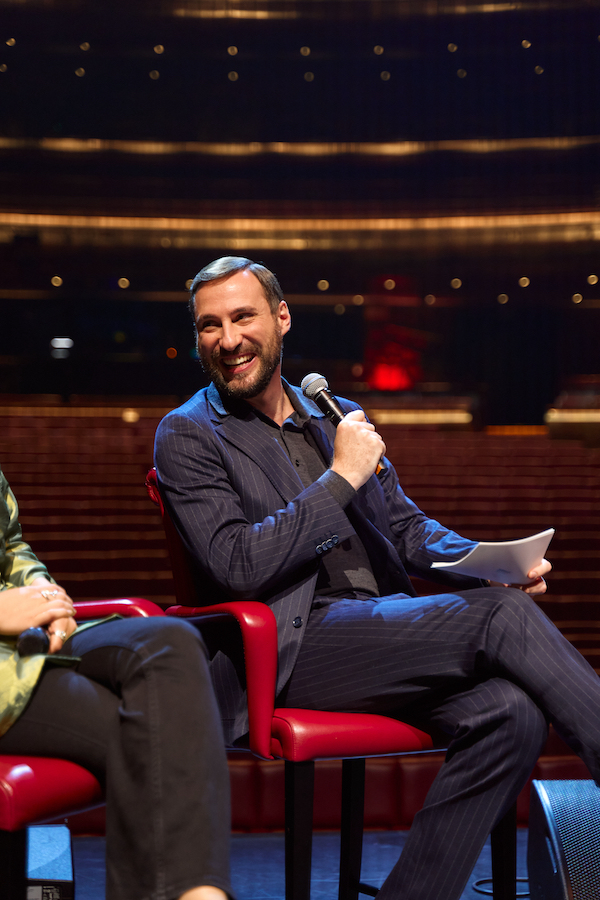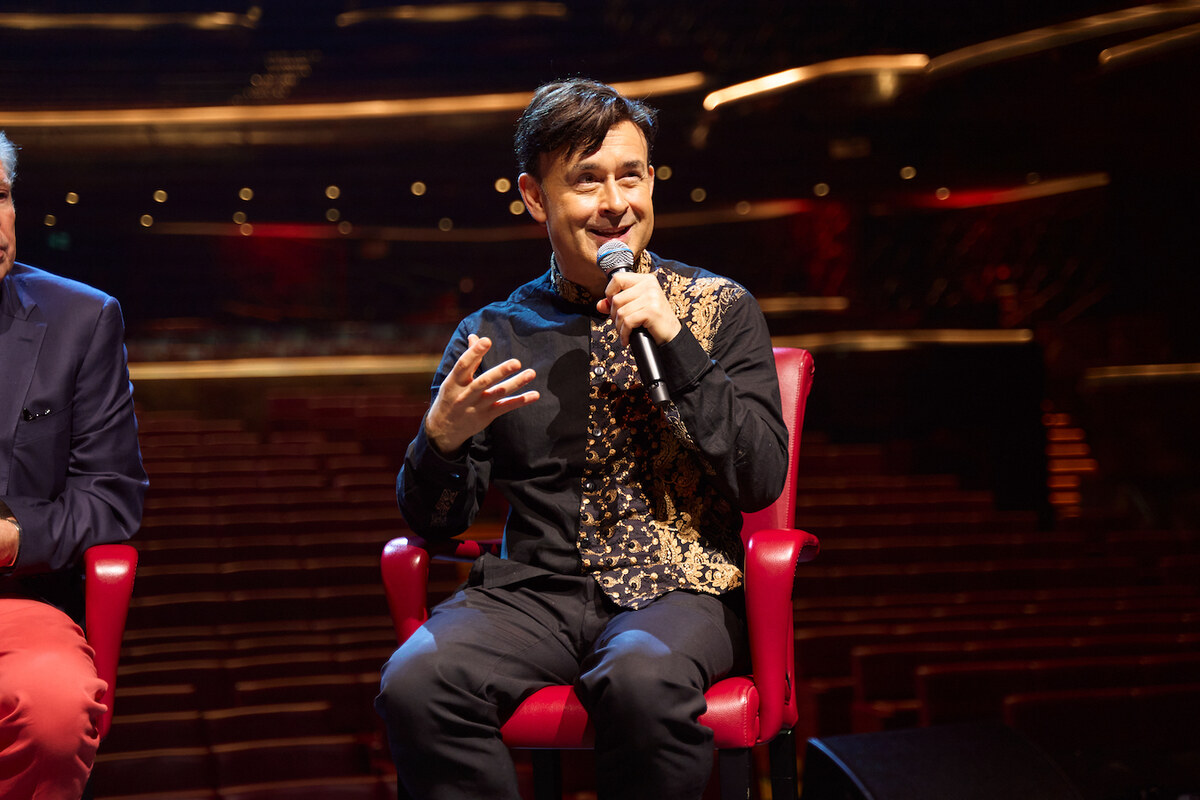MOSCOW: Russia's state-run broadcaster on Thursday quickly spurned Eurovision's offer for its contestant to participate in this year's song contest via satellite after Ukraine barred the singer from entering the country.
"We find the offer of remote participation odd and refuse it, for it is going absolutely against the very essence of the event," Russia's Channel One said in an emailed statement.
Ukraine's security service on Wednesday imposed a three-year entry ban on Russia's participant Yuliya Samoilova, 27, for illegally entering Moscow-annexed Crimea to perform in a 2015 gala concert.
The Geneva-based European Broadcasting Union (EBU), which organises the hugely popular Eurovision Song Contest, had criticised Kiev's decision to exclude Samoilova and voiced hope it would be overturned.
In the meantime, EBU sought to find a solution in a bid to ease a political spat clouding the competition.
In an interview with AFP, Eurovision chief Jon Ola Sand said the decision to ban an entrant was unprecedented in the contest's six-decade history and the satellite compromise was offered to ensure "that all artists can participate".
"This would be the first time that we do this solution, and hopefully the only time we need to do this," he said.
But the Russian state channel, which selected Samoilova for the Eurovision contest, said the EBU "shouldn't invent new rules for the Russian entrant in 2017."
It added that "one of the (contest) rules... reads that the song should be performed live on the stage."
It also claimed that the Eurovision rules oblige Ukraine to provide all participants with entry visas, and that Kiev's entry ban had violated those rules.
Earlier on Thursday the EBU said it had told Russia's state-controlled Channel One, that Samoilova could perform in the semi-final live via satellite.
"Should the Russian entry qualify for the Grand Final the same solution would apply," the EBU said.
Sand said he understood the "challenging situation between Ukraine and Russia" but underscored that Eurovision "needed to keep the broadcast free of politics."
"I think that we have managed very well over the 60 years of Eurovision Song Contest, in different periods in Europe," he told AFP.
"We see the Eurovision Song Contest as the only cultural event in Europe that really can bridge nations on a friendly battlefield."
The Ukrainian military has been fighting pro-Russian separatists in the country's east since April 2014 in a conflict that has killed more than 10,000 people.
Before the Eurovision satellite compromise was proposed, Moscow said it hoped Kiev would reconsider its decision.
"The decision from our point of view is absolutely unfair, it's unfortunate. And we hope all the same that it will be reconsidered," Kremlin spokesman Dmitry Peskov told journalists.
Russian foreign minister Sergei Lavrov, quoted by Interfax news agency, said the decision is "on the conscience of the organisers" in Ukraine.
Samoilova said late Wednesday she remained hopeful for a change of heart from Kiev.
"Overall I'm not upset," Samoilova told Channel One, adding: "I will keep going. I somehow think that everything will change."
Samoilova added that she could not understand why Ukrainian authorities saw "some kind of threat in a little girl like me."
The singer has been in a wheelchair since a bad reaction to a vaccine in childhood, according to the biography on her website.
The popular tabloid Komsomolskaya Pravda on Thursday headlined its front page "Eurohate", saying the ban was "spitting in the face of defenceless 27-year-old Yuliya Samoilova in a wheelchair."
The contest in Kiev comprises two semi-finals on May 9 and 11, followed by the final on May 13.

























